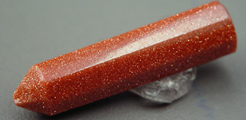
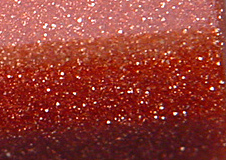
When a gemstone contains large numbers of disk-like or platy inclusions that have a metallic or highly reflective surface, aventuresence is the result. In good light, the visual effect is reflective speckles and sparkles, from subltle to dramatic, depending on the type of inclusions and the color and transparency of the host mineral. The little mirrors responsible for this effect can be green fuchsite mica, reddish hematite or Goethite, or metallic copper.
The name of this phenomenon derives from an Italian word meaning "chance" or "accident" and is said to have first been used to describe man-made goldstone glass. The (probably apocryphal) story, is that a worker in a glass factory accidently spilled a bucket of copper filings into a batch of molten glass. The resulting "aventurine" glass, was so pretty that the factory began making it deliberately. Only later, as the story goes, did gemologists borrow the term to label Nature's own glittery handiwork.


Only two species of gemstones are commonly seen in aventurescent form: quartz and oligoclase feldspar. The quartz gems, are known as aventurine quartzes (not adventurine as I hear some of the home shopping channel hosts call them!) and occur naturally in reddish (hematite), and more commonly, green (fuchsite) shades. The effect is more speckly than glittery in most pieces, but pleasing, nonetheless. Aventurine quartz is a porous material and takes dye easily so that it commonly is offered in dramatic and (to my eye) unnatural looking colors. The most common use for this inexpensive stone is as material for cabochons, beads and simple carvings. Fine grades of aventurine quartz have been used as jade simulants in high quality carvings, and can be visually convincing.
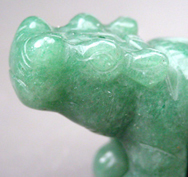


Feldspar gems that show aventuresence are called sunstones. They range from opaque through translucent to nearly transparent, depending on the locale, the inclusions and their density. Until recent decades the world knew sunstone only as an opaque coppery material from India. These pieces superficially look a lot like goldstone glass.

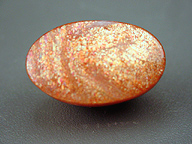
At present, the most popular form of sunstone is that from Oregon, USA, which ranges from straw colored transparent stones without aventurescence to transparent pieces in a range of body colors both with and without copper platelets. The metallic shimmery display is commonly referred to as "shiller", although technically that term is more appropriate for the displays seen in Labradorite and moonstone.
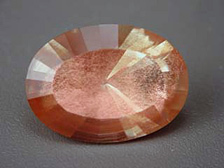
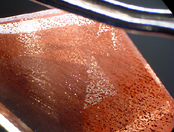
The most recent aventurescent feldspar to make a splash in the market, is that from Tanzania, which has hematite and/or copper inclusions. Both transparent and translucent pieces are available and in the best specimens the phenomenon is multi-colored.
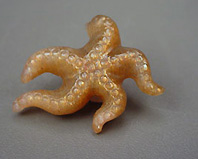
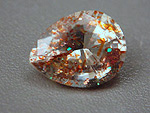
Occasionally, other gemstones exhibit aventurescence, such as members of the mica group like the lavender colored lepidolite, or rocks containing fuchsite mica. An extremely rare gem, sought avidly by collectors, is a variety of iolite with hematite inclusions with the colorful name of "bloodshot iolite".
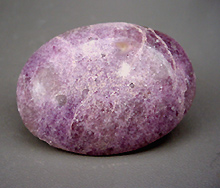
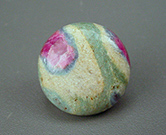
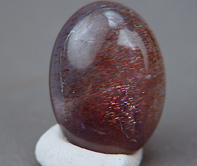
The value of aventurescent gems ranges from extremely modest to rather costly with Indian sunstone and aventurine quartzes on the low end and fine Oregon shiller-sunstone (especially those with red body color) at the top. In general, the individual value of these stones follows the traditional factors which create value in all gems: size, color, cut and, with the exception of the phenomenon-causing inclusions, clarity. Added to these would be the beauty of the aventurescent display -- the more reflective the better.